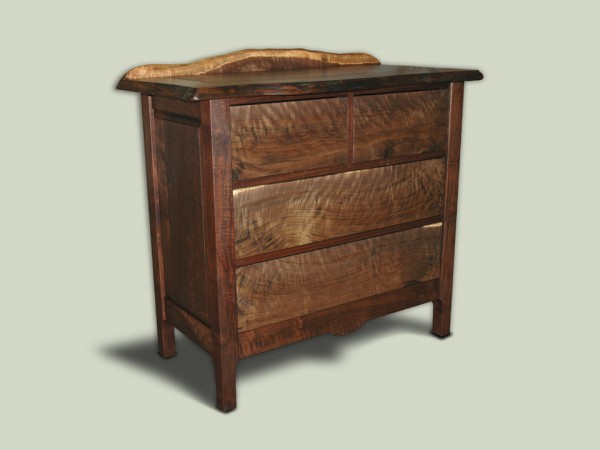Made in America
Thankfully, there are still many small, local shops specializing in the building of fine furniture in the United States.
( For further insight read this excellent New Yorker article on the subject. http://www.newyorker.com/business/currency/the-decline-of-an-american-furniture-maker)
On the other hand, the story of large scale American furniture manufacturing over the past twenty years is unfortunately a very sad one. One by one, many of our large, well known furniture manufacturers have moved their factories overseas to Indonesia, Vietnam and China where wages can be minimized and profits can be maximized. North Carolina used to be the furniture making capital of the U.S., but now nearly all of those jobs have been lost. In a recent conversation with a vendor near what used to be the heart of the industrial area of NC, I learned that while those companies still have a limited presence there, their facilities are merely distribution centers for the furniture which arrives from overseas. It is still labeled with the names of American companies, and consumers in the U.S. are non the wiser.
The great recession of 2008 sped up the process of liquidation and an unprecedented quantity of high tech, extremely valuable manufacturing equipment was exported to Asia, Brazil and around the world. During that time I was in the position of updating some of my machinery. I was regularly watching several company’s websites that specialize in liquidating large manufacturing companies using online auctions, and the story being told there was downright heartbreaking. Scores of large companies were being liquidated and their equipment was being auctioned off for pennies on the dollar. The market was awash in massive, expensive machines which were scooped up by overseas manufacturers by the container load. It was the final emptying out of a time honored industry and the loss of thousands of good paying American jobs.
One of the most disturbing aspects of American companies relocating overseas is the use of child labor in the furniture industry. I recently read an article about young children in Indonesia who are forced to work six days per week, 10 hours per day for about $5.00 a week. Some factories in Indonesia measure hundreds of thousands of square feet and many have armed guards inside the factories. There is a long, documented history of forced child labor and child trafficking in Indonesia.
